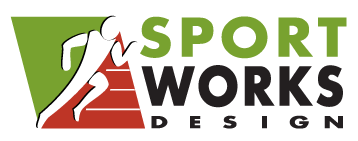ATLANTA, GA – With the publication of its technical guidelines, the Synthetic Turf Council has provided objective measures that make it possible to better understand the professional guidelines and test protocols, the selection use and maintenance of synthetic turf systems and the crumb rubber infill used in synthetic turf fields.
Guidelines for Synthetic Turf Performance – These guidelines encourage periodic and voluntary maintenance that should be implemented to maximize multi-sports field performance. If a field is not performing within the desired range in critical test areas despite targeted maintenance, then the owner will know it may soon need to be replaced.
Suggested Guidelines for the Essential Elements of Synthetic Turf Systems – This objective, non-proprietary guidance document assists owners and end-users with the selection, design, installation and maintenance of synthetic turf systems. These guidelines suggest “minimum” requirements to enhance the level of confidence of selection teams and design professionals as they draft comprehensive specifications.
Suggested Guidelines for the Maintenance of Infilled Synthetic Turf Surfaces – Routine maintenance, along with periodic intense maintenance, is essential to the life and performance of infilled synthetic turf. This “maintenance manual” provides owners and end-users with a way to realistically evaluate the maintenance recommendations for a synthetic turf surface, based on its intended use
Guidelines for Crumb Rubber Infill Used in Synthetic Turf Fields – The purpose of these guidelines is to provide producers, customers, and the public with an understanding of what crumb rubber infill is and how the industry manages its safety, purity and quality.
To access the entire document on the STC’s Technical Guidelines and other helpful information about the industry, visit www.syntheticturfcouncil.org.
About the Synthetic Turf Council
Based in Atlanta, the Synthetic Turf Council was founded in 2003 to promote the industry and to assist buyers and end users with the selection, use and maintenance of synthetic turf systems in sports field, golf, municipal parks, airports, landscape and residential applications. The organization is also a resource for current, credible, and independent research on the safety/environmental impact of synthetic turf. Membership includes builders, landscape architects, testing labs, maintenance providers, manufacturers, suppliers, installation contractors, infill materials suppliers and other specialty service companies. For more information, visit www.syntheticturfcouncil.org
